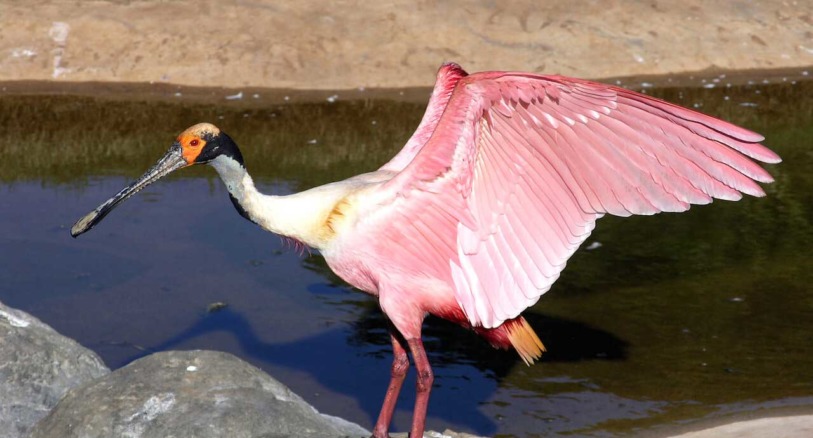
Of the six species of spoonbills only the Roseate Spoonbill lives in the Western Hemisphere. However, they all inhabit the warmer portions of the world.
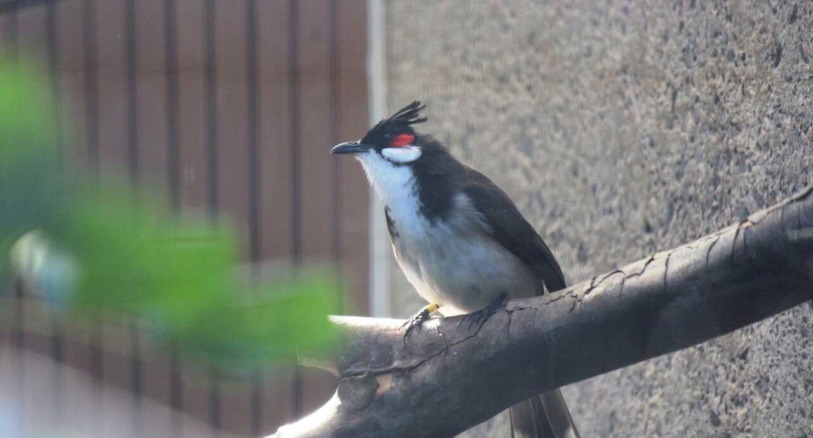
This particular bulbul has adapted well to trees and shrubs in large suburban areas or yards. These birds usually stay under cover of vegetation, but occasionally perch in the open.
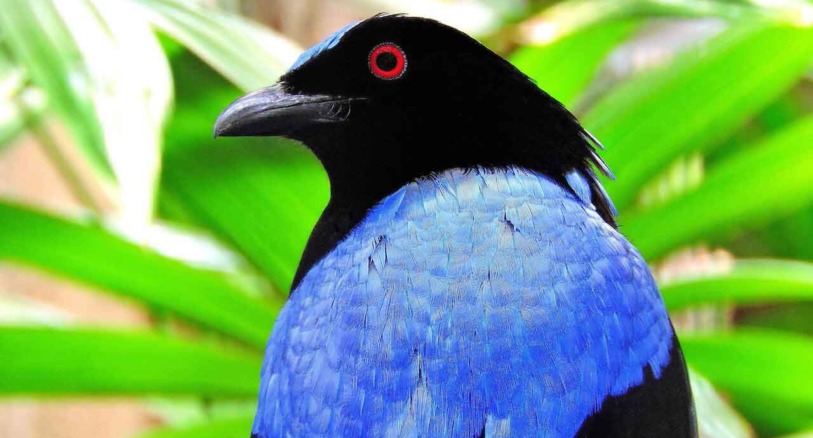
Fairy bluebirds live in the forest crown and are gregarious fruit-eaters. They live in pairs or small troops and keep to the evergreen lowland forest.
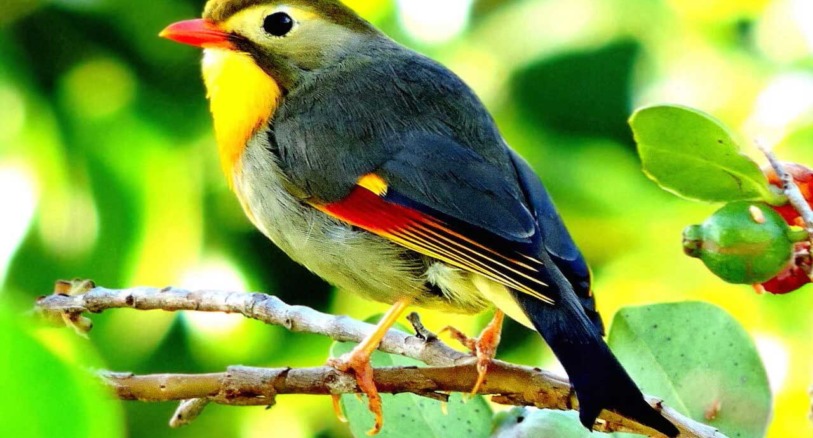
Red-billed Leiothrix are native to Southern Asia and are now found on the Hawaiian Islands. These birds were first introduced to Kauai in 1918.
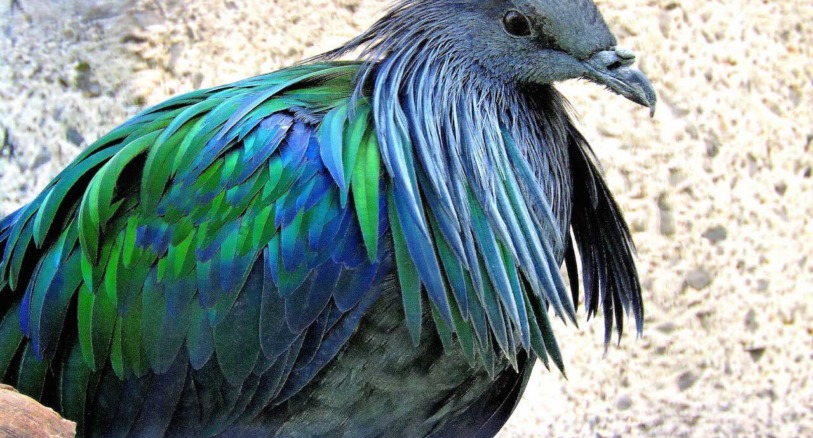
This species is found in south-east Asia, particularly on the Nicobar islands to New Guinea, and as far north as the Philippines.
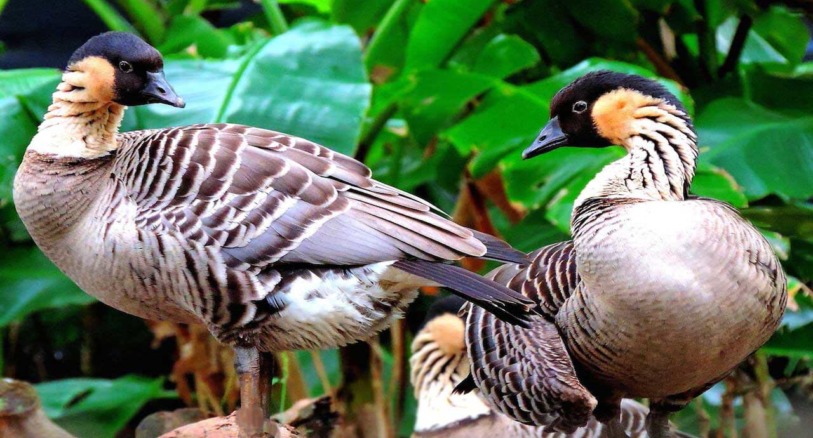
Recently discovered fossil deposits strongly suggest that the ancient distribution of Nene included Kauai, Molokai, Maui, and the Big Island.
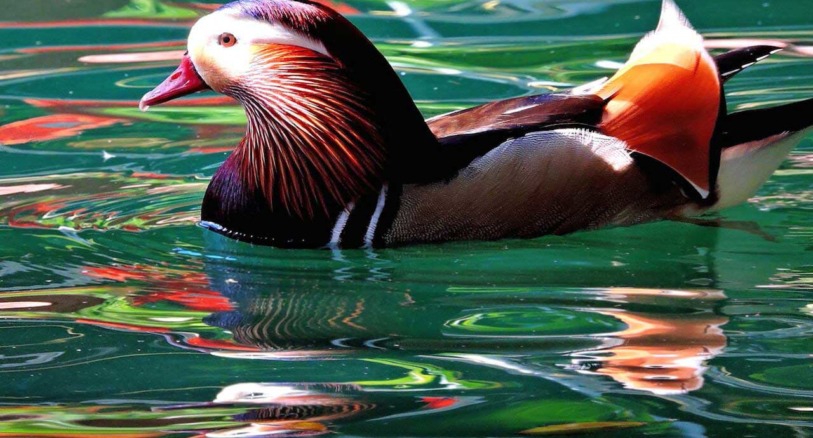
The Mandarin Duck originated in China but can be found almost anywhere there is a suitable habitat. They are believed to be semi-migratory and semi-colonial.
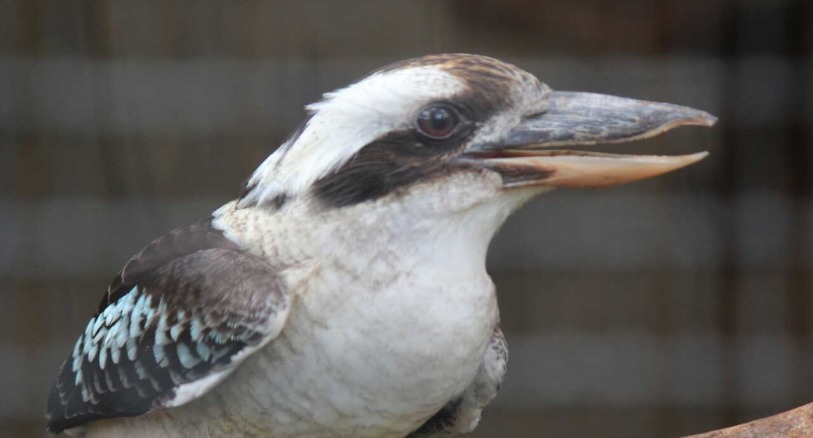
The Australian aborigines have a legend about the Kookaburra. When the sun rose for the first time, the god Bayame ordered the kookaburra to utter its loud, almost human laughter in order to wake up mankind so that they should not miss the wonderful sunrise.
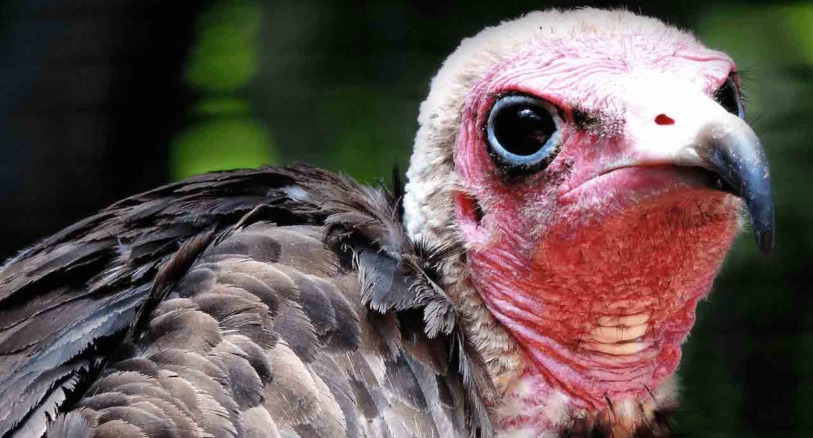
They range widely in Africa south of the Sahara Desert. It is most numerous in West Africa. It is the only vulture that is commonly found around towns and villages and in forests.
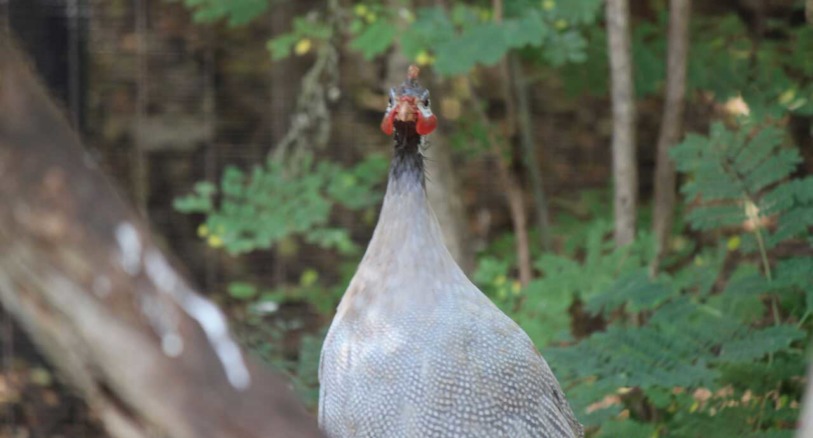
The four species of guinea fowl are mainly confined to Africa south of the Sahara, although a population of Helmeted Guinea fowl is found north of the Sahara Desert in Morocco.

